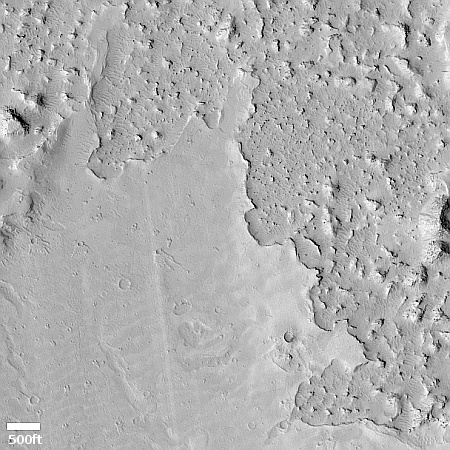Firefly planning five launches from Vandenberg in 2025
In announcing its plans to begin launches from both Wallops Island in Virginia and Esrange in Sweden in 2026, Firefly has also said it is planning five launches from Vandenberg in 2025.

Proposed spaceports surrounding Norwegian Sea
The company is also building a launchpad at Cape Canaveral, so if these plans reach fruition it will eventually have four different launch sites. One issue for all these sites remains red tape. For example:
[Firefly VP Adam] Oakes said Firefly is continuing to work on regulatory issues for launches from Esrange. “The regulatory piece can really put you back if you want to let it,” he said. “We have a lot of paperwork in place. We’re not quite there on everything but things are moving in the right direction.”
One serious problem for Esrange is its interior location in Sweden. Any orbital launch will have to cross land, with most crossing significant territory of other countries. While the site has been used for decades for suborbital test launches, no orbital launches have ever taken off from there, and getting clearance will not be easy for orbital rockets to cross either Norway, Finland, or Russia. And unless the lower stages are reusable they will have to crash inside those territories, or inside Sweden itself.
In announcing its plans to begin launches from both Wallops Island in Virginia and Esrange in Sweden in 2026, Firefly has also said it is planning five launches from Vandenberg in 2025.

Proposed spaceports surrounding Norwegian Sea
The company is also building a launchpad at Cape Canaveral, so if these plans reach fruition it will eventually have four different launch sites. One issue for all these sites remains red tape. For example:
[Firefly VP Adam] Oakes said Firefly is continuing to work on regulatory issues for launches from Esrange. “The regulatory piece can really put you back if you want to let it,” he said. “We have a lot of paperwork in place. We’re not quite there on everything but things are moving in the right direction.”
One serious problem for Esrange is its interior location in Sweden. Any orbital launch will have to cross land, with most crossing significant territory of other countries. While the site has been used for decades for suborbital test launches, no orbital launches have ever taken off from there, and getting clearance will not be easy for orbital rockets to cross either Norway, Finland, or Russia. And unless the lower stages are reusable they will have to crash inside those territories, or inside Sweden itself.









